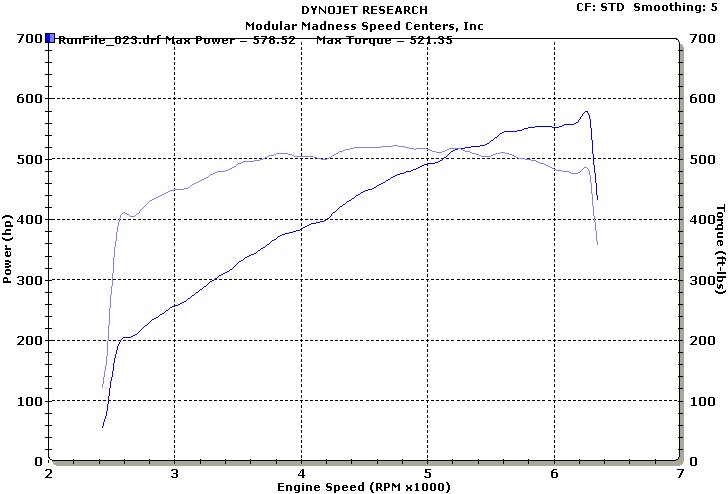PanJet
Well-Known Member
Lately I've gotten back into flying and teaching in a Piper Turbo Seminole, and there's one thing that I noticed and was reminded of about that plane that always was peculiar. Whenever you go from really low power settings to high power settings too quickly (i.e. go-arounds, power-off stall recovery, etc), the engines shudder and don't really respond as quickly as most planes I've flown. I was wondering if it has something to do with a sort of turbo lag or just simply the fact that they're not fuel injected. Do most turbocharged aircraft respond this way?


